Discover our exclusive collection
Over 3,000 historic giclee prints, 16 artists and 40 complete sets
Any questions?
We are more than happy to help. Just send us a message, and we will be in touch
Nederlandsche Vogelen or Dutch Birds was a unique collaborative effort of two Dutch masters, and a project of huge scope and ambition, taking over 60 years to complete.
The renowned engraver and artist, Christiaan Sepp (1700-1775) drew the illustrations, together with his son and grandson. Cornelius Nozeman (1720-1786) wrote the text for the first two volumes.
Nederlandsche Vogelen is a five volume Dutch natural history compendium, published in Amsterdam from 1770. It was published in installments and was finished in 1829. It was the first comprehensive avifauna of the Netherlands (which temporarily included Belgium during 1815 – 1830).
The full title of the publication is: ‘Nederlandsche vogelen; volgens hunne huishouding, aert, en eigenschappen beschreeven’. Which means: ‘Dutch birds; according to their household, nature, and properties described’.
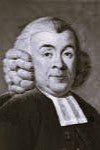
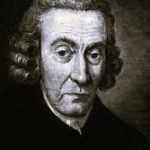
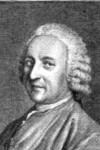
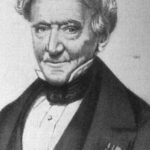
This ambitious project was initiated by Cornelius Nozeman. Nozeman partnered with the Sepps, a father and son with expertise in natural science, illustration, printing, publication and bookselling.
The work was known als the most expensive Dutch book at the time and was the work of three generations of publishers, five authors and an army of draughtsmen, engravers and colorists.
The first volume was published by Christiaan Sepp’s son, Jan Christiaan (1739-1811), a bookseller with a strong background in natural history and engraving. In 1775, Christiaan Sepp died and Jan Christiaan completed the second volume.
In 1786 Nozeman died, with most of the descriptions for the second volume written (published in 1789). Thus, it was the first two volumes which were directly created by these renowned ornithologists, artists and engravers.
Martinus Houttuyn (1720-1798) continued the work for the third volume (published in 1797). Houttuyn died in 1798, and it was not until 1809 that the fourth volume was published, without the name of the writer.
Interestingly enough, the whole venture was completed in 1829 by Jan Sepp (1778-1853), the son of Jan Christiaan with assistance from Coenraad Jacob Temminck (1778-1858). Thus, three generations of the illustrious Sepp family were involved in this project of six decades, a truly remarkable feat.
Published in Amsterdam in five volumes over a period of almost sixty years, Nederlandsche Vogelen was the first comprehensive account of the avifauna of Holland. The plates depict all species known in the Netherlands through the time of publication. Thanks to the book, we now know which bird species could be found in the Netherlands in the 18th and 19th centuries. The plates frequently feature eggs and nests; a few are dedicated exclusively to these subjects.
Anker’s definitive catalogue of bird books praises the Nozeman publication for depicting the birds ‘in their natural surroundings and as far as possible in their natural attitudes.’ Another major critic, Sacheverell Sitwell, calls this ‘an ornament to the ago of Rococo.’
These super-sized, hand coloured copper plate engravings, superbly composed and meticulously engraved and hand colored were an expensive proposition indeed. Upon the final publication, it was the costliest book ever published, selling for 525 Dutch Florins in 1829 or over $6,000 in today’s currency, a great sum at that time let alone now.
Nozeman and Sepp planned a five-volume work including illustrations and descriptive text, each volume to include fifty hand-colored engraved plates, each portraying a single bird species (life-sized if possible). The order of the birds would be completely arbitrary, because a bird was drawn when it was available.
With many of the 250 plates featuring eggs and nests, and with an elaborately decorated title page to grace each volume, this rare work is well known for its charming illustrations.
Taken from the original illustrations in the libraries of Teylers Museum in the Netherlands, the collection ‘Nederlandsche Vogelen‘ consists of five parts and contains 250 giclee prints after the hand-colored originals.
Over 3,000 historic giclee prints, 16 artists and 40 complete sets
We are more than happy to help. Just send us a message, and we will be in touch
Chambre of Commerce: 75 23 82 84
VAT: NL860202604B01
To subscribe to our newsletter and be updated about new and interesting additions to our collection, please enter your email address below.
© Heritage Prints 1992-2022 | All rights reserved